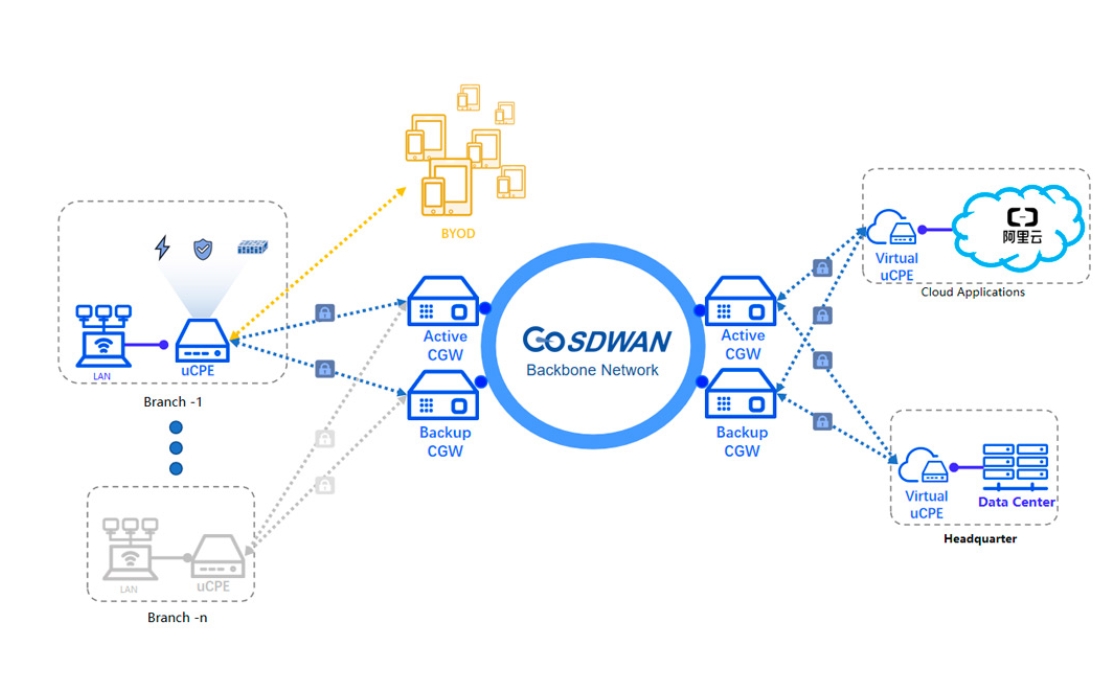As digital transformation accelerates across industries, banking is no exception. As banks strive to offer faster, more efficient, and personalized services, the backend technologies driving those services must evolve. Edge computing in financial services has emerged as a critical innovation aimed at meeting these demands. This article delves into what edge computing in banking entails, breaking down the concept in simple terms, offering practical examples, and exploring other cutting-edge technologies within the banking sector.
To demystify the concept, let's break down "edge computing" into more straightforward language. Edge computing involves processing data closer to where it is generated instead of sending it to a centralized server or cloud. Imagine an ATM machine not just dispensing cash but also analyzing transaction patterns, checking for potential fraud, and speeding up the services—all this without needing to communicate back and forth with a distant data center.
Traditional computing models often involve transferring data to and from a central server, which can result in latency and slower response times. Edge computing, on the other hand, processes data locally, at the "edge" of the network, where the data is generated. This minimizes latency and bandwidth usage, providing faster and more efficient data processing.

Consider the sophisticated functionality of today's ATMs and smart branches. One notable application of edge computing in banking is in the operation of these smart ATMs. These machines are more than cash dispensers; they offer complex services like loan applications, personalized banking advice, and even limited-scale financial planning modules.
For instance, a smart ATM can use edge computing to process immediate transactions and provide real-time fraud detection. If a suspicious withdrawal pattern is detected, the ATM can immediately restrict the transaction and alert the customer and the bank for further action. This real-time, on-the-spot processing is made possible through edge computing, reducing the time needed for data to travel back and forth from centralized servers and improving both security and customer experience.
Similarly, in smart branches, edge devices could handle customer check-ins, authenticate users through biometric data, and retrieve customer profiles to offer personalized experiences—all on the spot. This rapid processing reduces wait times and enhances service quality, achieving a seamless, efficient banking experience for customers.
While edge computing is making waves in the financial sector, it's part of a broader ecosystem of innovative technologies shaping the future of banking. Here are some other cutting-edge technologies revolutionizing the industry:
AI and ML algorithms are already being integrated into banking systems to offer services like fraud detection, customer service chatbots, and personalized financial advice. Financial institutions use ML to analyze massive data sets for predictive analytics, which helps in credit scoring, risk management, and customer insights.
Blockchain has transformed how banks handle transactions and data security. By providing a decentralized ledger, it ensures that transaction records are transparent, tamper-proof, and secure. Uses of blockchain range from simplifying cross-border payments to launching new forms of digital currencies.
RPA automates repetitive tasks such as data entry, compliance reporting, and transaction processing. By reducing the need for human intervention in mundane tasks, RPA allows banks to allocate resources towards more complex activities that require human expertise.
Security is a paramount concern in banking, and biometric technology offers a robust solution. From fingerprint scans to facial recognition, biometrics provide a secure and efficient means of authentication, enhancing both convenience and security for customers.
Although still in its infancy, quantum computing holds significant promise for solving complex mathematical problems much faster than classical computers. In banking, this could revolutionize risk management, portfolio optimization, and cryptographic security.
IoT devices can bring automation and efficiency into banking operations. For example, smart sensors in bank branches can monitor environmental conditions and customer foot traffic, optimizing resource allocation and enhancing customer experience.
Cloud solutions are pivotal in providing scalable computing resources, especially for big data analytics. Banks can leverage cloud computing to store and process large volumes of data, facilitating rapid deployment of new services and functions.
With its high-speed data transfer rates and low latency, 5G can complement edge computing by ensuring rapid data processing and communication. This is particularly useful in transactions requiring real-time processing and remote banking services.
Edge computing in financial services is not just a buzzword; it's a transformative technology poised to revolutionize how banks operate. By processing data at the edge of the network, banks can offer faster, more secure, and personalized services. The integration of edge computing with other cutting-edge technologies like AI, blockchain, and quantum computing will only amplify these benefits, redefining the banking experience for customers worldwide.
As financial institutions continue to innovate, embracing these advancements will be crucial for staying competitive in an ever-evolving landscape. Edge computing in banking is just the beginning, heralding a new era where technology enables smarter, more efficient, and highly secure financial services.





